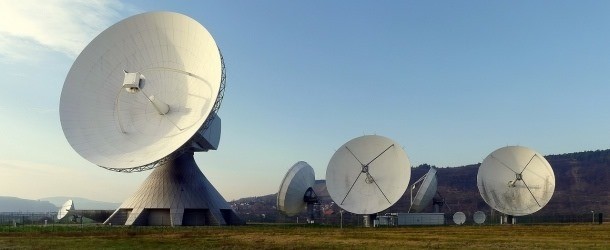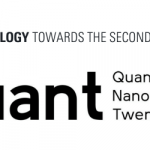Questions Raised in Quantum Radar’s Mini-Arms Race

(Science.Mag.org) A mini–arms race is unfolding in the supposed quantum radar field, initiated by press reports in 2016 that China had built a quantum radar—potentially threatening the ability of stealthy military aircraft to hide in plain sight from conventional radars.
Jeffrey Shapiro is the reluctant godfather of quantum radar. Twelve years ago, the electrical engineer at the Massachusetts Institute of Technology (MIT) helped develop the key concept underlying this scheme to dramatically increase radar’s sensitivity. But even he doesn’t think the technology will work. He is both bemused and dismayed by the attention other researchers and funding agencies continue to lavish on quantum radar.
Seth Lloyd, a quantum engineer at MIT, unveiled his concept of quantum illumination. Lloyd argued that you could more easily detect an object against a bright background if, instead of merely reflecting light off it, you exploited a quantum connection between particles called entanglement.
In 2015, researchers at MIT demonstrated quantum illumination at optical frequencies, realizing a 20% increase in signal to noise. But that experiment had a major limitation. The whole idea was to detect an object against a bright background, but there’s very little optical background at room temperature—your surroundings don’t glow visibly. So the MIT team had to generate artificial background light.
Even if experimenters can overcome the technical hurdles, quantum radar would still suffer from a fatal weakness, researchers say. The entangled pulses of microwaves provide an advantage only when the broadcast pulses are extremely faint.
Fabrice Boust, a physicist at France’s aerospace agency, ONERA, who specializes in radar. And whatever system China may have developed, it almost certainly isn’t a quantum radar as commonly conceived, he says. “I am convinced that when they announced their quantum radar it was not working,” Boust says. “But they knew they would get a reaction.”



















